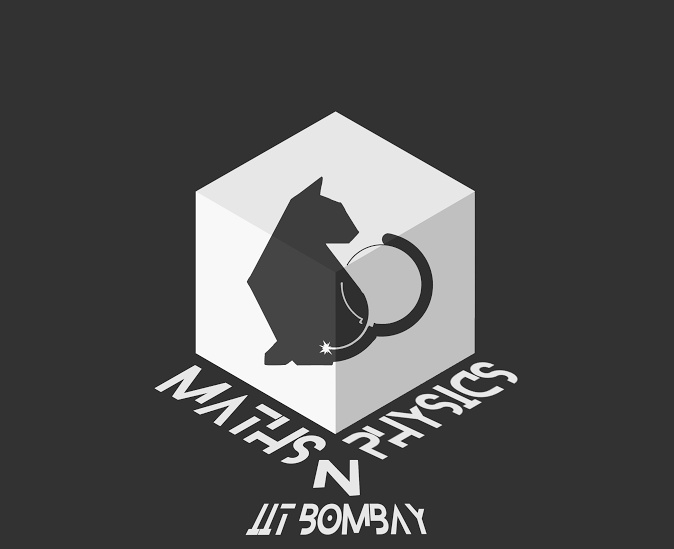Electrons subjected to the dual effect of a perpendicular magnetic and electric fields show a very curious behaviour known as the Hall Effect. When the applied magnetic field is sufficiently high, the Hall conductance becomes quantised in integer quantities of e^2/h. This quantisation is so precise that it is now used as a universal standard for resistance calibrations! Perhaps surprisingly, this phenomenon seems to have deep connections with electromagnetic gauge invariance and topology!
The Quantum Hall effect is a very interesting phenomenon of quantization which was observed in the Hall conductance of a 2D electron gas. The talk revolved around some interesting aspects of the Integer Quantum Hall Effect.
The talk started off with explaining the classical hall effect and also the ladder operators in the quantum harmonic oscillator.
We start off by discussing the Drude model and the conductivity tensor and then go on to define ladder operators for an electron in a magnetic field, these levels are known as the Landau levels quantizing cyclotron orbits. When looking into the degeneracy of Landau levels when assuming hard cutoff walls in x direction at certain limits and doing some calculations using Drude model we actually get the quantization of the Hall conductance.
Another approach was discussed using Bütticker’s Theory in which we have to consider a potential which gets steep at the edges since hard walls aren’t practical and from this we obtain different wavefunctions. We obtain a dispersion relation and also we see the edge modes have non zero drift velocities. Interestingly we see that these edge modes are the main contributors for the conductivity.
We then looked into Landau levels in symmetric gauge where we would actually arrive with ladder operations within degenerate states and we obtain states that are analogous to SHO. A thing to note is that previously Landau levels were discussed in Landau gauge.
After this we briefly looked into Spectral flow which is the behaviour of a charged particle constrained to move in a ring surrounding a solenoid carrying flux. On removing the eigenvalues of the hamiltonian we find out that as long as the flux is an integer multiple of the flux quantum the spectrum is unchanged. We see that if we take flux from 0 to the flux quantum slowly (adiabatically) the energy goes to the next eigenvalue and this is called spectral flow.
Using this we get to Laughlin’s thought experiment. Laughlin considered electrons in an annular region, called Corbino ring in this context and similar to the spectral flow case we are increasing flux from 0 to a flux quantum and the number of electrons within this time must actually turn out to be an integer from the inner to outer edge. This is used to explain the role of gauge invariance.
The notes have explained all these in detail and also gives us a glimpse of topology in Quantum Mechanics with berry phase topology.
Here is the link to the slides used in the presentation.
Arkya Chatterjee is a first year Ph.D. student at MIT. He graduated from IIT Bombay in 2019

Maths & Physics Club
Where Knowledge is Free...



